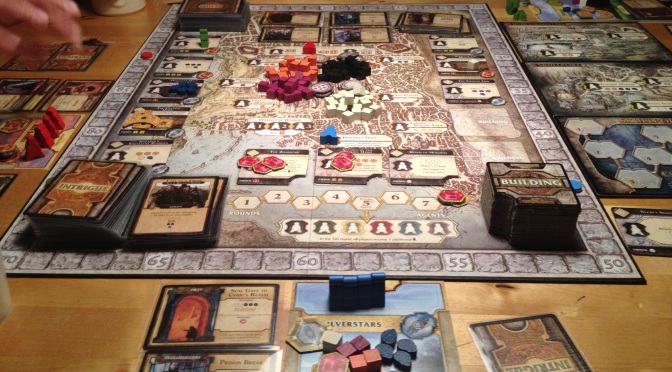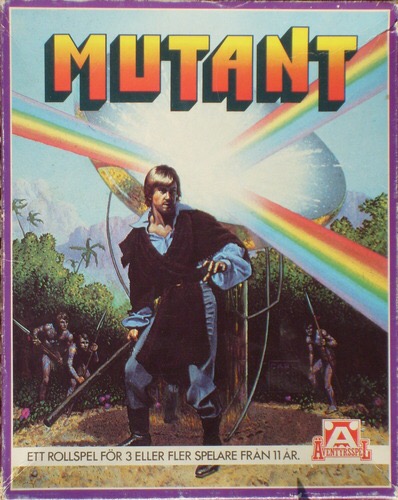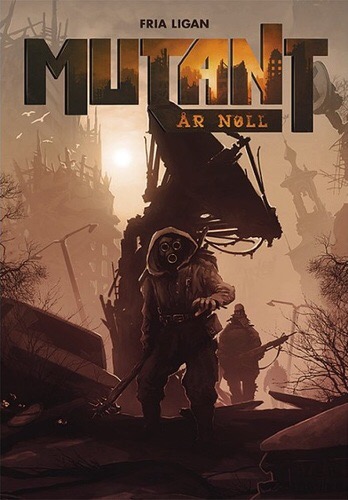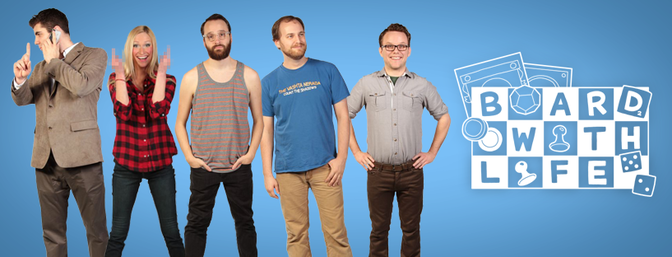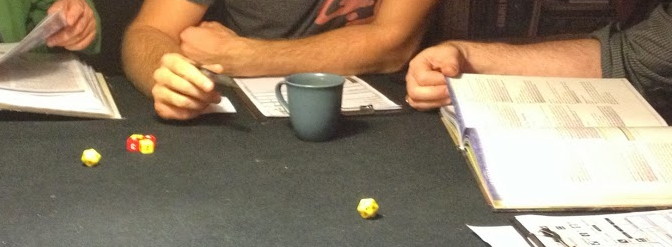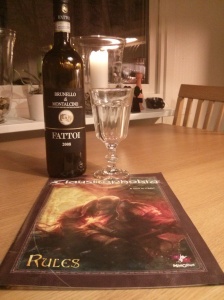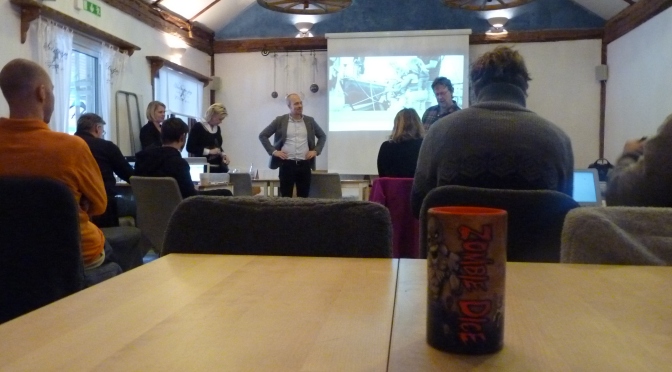This started as a comment on Paul Beakley’s post about the KULT RPG Kickstarter but then it sort of grew out of it so here it is… I might link it into your comment thread Paul. Also reeling in Scott Martin since he’s been trudging these hunting grounds lately and triggered all kinds of emotional responses in me that I’m thankful for.
“Okay. I feel like I should say something here. But first just a trigger-warning here, (that might be completely and utterly superfluous considering the topic) because I feel compelled to shut my self-censoring completely off due to the nature of this game.
It was 1991. We were 18, immortal, and free. In those days, black was the new black, and you could be certain you were wearing your own fucking dr martens after last nights party because the pile of martens inside the door all looked the same… Drunken stupor dictates that if they all look the same they probably are and you shouldn’t give a fuck either way. This was the time we all claimed NOT to care about how we looked or what we wore, whilst at the same time we all fit the same mold so damn hard we might as well had been from the same fashion womb. Goth-clones. Really fucking rebellious, individual and independent clones.
“Entreat” was playing so loud in my earphones, my ears were ringing, head spinning and tears running down my face when she said no.
We played a lot of RPGs back then. It seemed like all we did. School was just another excuse to get together and play.
1991 was the perfect storm, we travelled across the conventions like a scourge playing Call of Cthulhu mostly when a couple of things collapsed around us. Vampire the Masquerade and KULT.
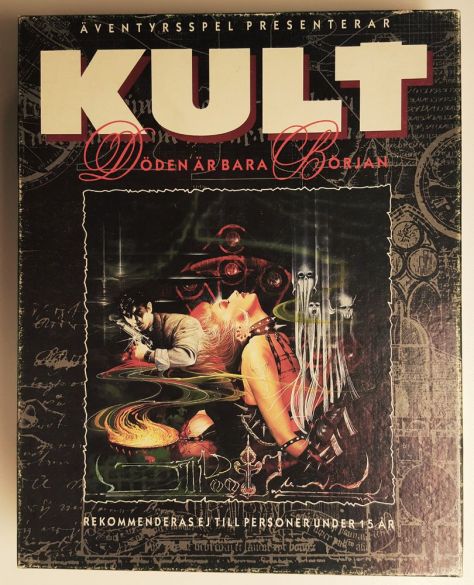
We were smack in the middle of that shit-storm. Balls deep in Barker, Rice and Gaiman. It might sound like I’m making this up but not all of us made it out alive.
The brains behind KULT created a distilled version of everything that was awesome about this era in the most horrible sense possible. They tapped into the vein of the young adult angst-ridden attitude that insisted that Pinhead lines were poetry and the only stories worth telling. Splatterpunk was the word de jour and it mixed the horror from classics like Dracula and Frankenstein with the modern in-your-face-style of cyberpunk. KULT was everything I ever wanted out of a role-playing game. There were no limits to the dread, no taboos. The horror here is raw, obnoxious and runs deep. The reason is the setting of the game is linked to enough pseudo occult babble to make it almost connected to the real world. Just like Vampire:TM built a world just real enough for you to fill in the blanks, so did KULT. It felt like, almost real, it touched a nerve we didn’t even knew we had. The myth, the conspiracies, the horror was in the numbers between the worlds. Realms of dream, passion and madness all collided making a beautiful collage of dread.
There was only two flaws to this game. Fist of the system sucked. Big time. I appreciate the attempt at a double edge sanity system, but other than that it was abysmal. As a result, most scenarios we ever played were free-form. The second problem was a bit trickier and the main reason why the game died (at least for me) and that was the fact that it’s creators (IMO) didn’t really understand the greatness of it.
I talked to them a couple of times especially as a GM for scenarios that they wrote for conventions, and every time I got the feeling that they didn’t get it. It’s hard to explain why I felt this way, in part it might be the teenagers eternal complaint that more “grown up” persons never get it, I suppose, but I still think I was right about this.
Let me make an analogy here for a second. What if you invented the world of Neil Gaiman’s “Sandman”… and then used it to tell the story of “Texas Chainsaw Massacre”… wouldn’t you have wasted an opportunity there, unless you made a real effort to change it so that the world shone through and transformed the story into something else? That was my main gripe with their adventures. They focused too much on the gore and almost nothing on the mythos. Too many cheap shock-effects and not enough grandeur. This game was aiming at so much, much more.
So we did our own stuff. Like kids do. Most of us lived to tell the tale.”
/ulf



